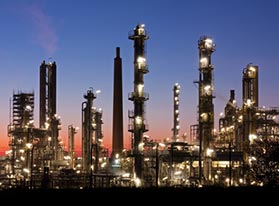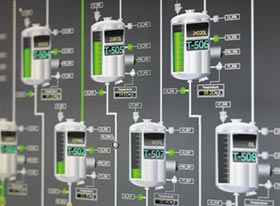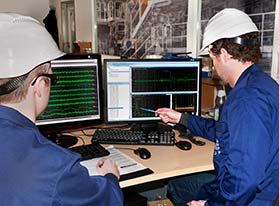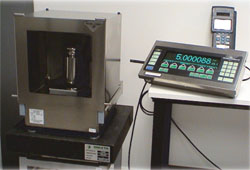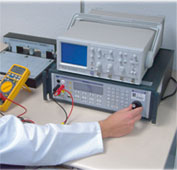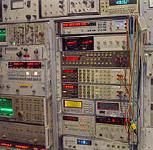 
|
|||||||||||||||||||||||||||||||||||||||||||||||
|
|
|||||||||||||||||||||||||||||||||||||||||||||||
|
Control Systems |
|||||||||||||||||||||||||||||||||||||||||||||||
|
You
will find a wide range of control systems to be used for many different
applications from simple displays with different sizes up to complete regulators.
Nowadays, control systems are essential instruments in modern production
processes. The compact displays of these control systems make possible a quick
and easy view of diverse physical magnitudes, such as temperature, pressure,
revolutions and standard process signals which can be found in any automated
process. |
|||||||||||||||||||||||||||||||||||||||||||||||
|
|
|||||||||||||||||||||||||||||||||||||||||||||||
|
Control Categories |
|||||||||||||||||||||||||||||||||||||||||||||||
|
|
|
|||||||||||||||||||||||||||||||||||||||||||||
|
Alphabetical Information about relevant terms concerning control systems |
|||||||||||||||||||||||||||||||||||||||||||||||
|
Together with our range of meters and the professional assessment made by our engineers and technicians, we also provide you with an alphabetical list of relevant terminologies to help our customers to properly inform themselves before acquiring one of our measuring instruments. |
|||||||||||||||||||||||||||||||||||||||||||||||
Calibration interval: to perform correct measurements, devices must be calibrated at regular intervals. This period of time is called calibration interval. It's difficult to determine this period with accuracy but you should consider the following factors: Certificate of inspection: Manufacturer’s certification which confirms that the instruments meet all the technical specifications (technical sheet). Control and measuring instruments: they cover all the meters, visual display units and references that are used in the development and manufacture of a product for purposes of measuring qualitative relevance. (Manufacturers of meters).
Digital interfaces: For the connection to a PC or to a meter (SPS). It allows to transfer measurement values in digital form for further analysis or to set meters through the PC. Some examples are RS485, RS232, Profibus DP. Display range: Maximum and minimum values which can be displayed. Factory certification: Manufacturer’s certification which confirms that the instrument meet all the technical specifications (technical sheet). Factory calibration certificate: Factory calibration certificates are issued with standards which are subject to a regular control or the calibration instruments. Traceability of used standards are ensured thanks to a regular control of the calibration instruments. Meters are adjusted through control and calibration devices.
ISO 9000: Quality control system (DIN) for quality controls in the company. Ingress protection (ip): the higher the number, the better protection against dust and water that the meter's enclosure has. IP 54 is standard. You can see a table with the meters protection type.
Loop system: The control of an input signal, which by means of a response can close one circuit, is called loop system. Measurement deviation: Deviation of the displayed value in relation to the real measurement value. Measurement rate: Number of measurements which a device performs in a precise time interval. Measurement uncertainty: It indicates the range in which the real measured value is. Measurement range: Range used by meters. When both upper and lower limits are exceeded there is measurement values.
Response time: Time interval from the moment a magnitude is connected to a meter to the moment in which this value is displayed. Scale: The conversion of a standard signal in a physical quantity is known as scale. Signal converters: Unit for the conversion of physical, chemical or biological quantities into a standard electrical signal. Standard signal: Standard electrical signal in the control systems for the transference of physical, chemical or biological measurement values, i.e. 4-20 mA. Traceability: This concept describes a process through a measured value can be compared to the national standard of the magnitude. Thanks to the contract with the “CEM” and the DIN EN 45001 standard, it is not necessary to show the retrievability. Tolerance of a measuring device: each device has an indicated tolerance to physical conditions. tolerance defines the most deviation allowed. UKAS: The United Kingdom Accreditation Service is the sole national accreditation body recognised by government to assess, against internationally agreed standards, organisations that provide certification, testing, inspection and calibration services. Testing Laboratories, Calibration Laboratories, Certification Bodies, Inspection Bodies, Proficiency Testing Providers, Reference Material Producers, Medical Laboratories (UKAS official website)
Final note: |
|||||||||||||||||||||||||||||||||||||||||||||||
|
Category: home / Control Systems |
|
If you have any questions, call our offices on: |
